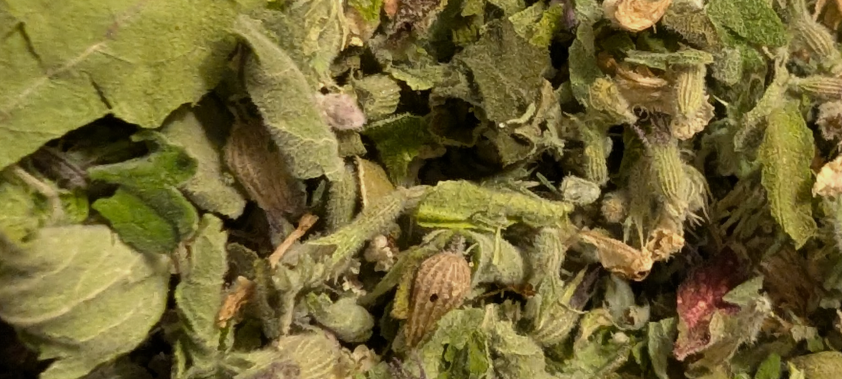Catnip, a perennial herb belonging to the mint family, is a favorite among feline friends. Its intoxicating aroma and euphoric effects can send cats into a frenzy of rolling, rubbing, and purring. While many cat owners opt to purchase dried catnip products, growing your own can be a rewarding and cost-effective experience. This comprehensive guide will provide you with essential tips and techniques for cultivating healthy and vibrant catnip plants in your garden.

Choosing the Right Location
Catnip thrives in sunny and well-draining locations. A spot that receives at least six hours of direct sunlight per day is ideal. Ensure the soil is rich in organic matter and has a neutral pH. Avoid planting catnip in areas with heavy clay or poor drainage, as these conditions can lead to root rot.
Planting Catnip
Catnip can be started from seeds or purchased as seedlings. If starting from seeds, sow them directly into the garden after the last frost. Space the seeds about 12 inches apart to allow for adequate growth. Alternatively, transplant seedlings into the garden once they have established a strong root system. Water the plants thoroughly after planting.
Care and Maintenance
- Watering: Catnip prefers consistent moisture but does not tolerate water logging. Aim to water the plants deeply every 1-2 days, especially during dry periods. Allow the soil to dry out slightly between waterings to prevent root rot.
- Fertilizing: Catnip is a light feeder and does not require heavy fertilization. A balanced fertilizer can be applied once or twice during the growing season. Avoid over-fertilizing, as it can lead to excessive growth and reduce the potency of the catnip.
- Pruning: Regular pruning helps to maintain the shape of catnip plants and encourages bushier growth. Pinch back the tips of the plants after they have reached a height of about 6 inches. This will promote branching and increase the yield of catnip leaves.
- Pest and Disease Control: Catnip is generally pest and disease resistant. However, aphids and flea beetles may occasionally bother the plants. If you notice any pests, you can treat them with insecticidal soap or neem oil. Monitor the plants regularly for signs of diseases, such as powdery mildew or rust.
Harvesting Catnip
The best time to harvest catnip is when the plants are in full bloom. This typically occurs in late summer or early fall. Use pruning shears to cut the stems about 6 inches above the ground. The harvested catnip can be used fresh or dried for later use.
Drying Catnip
To dry catnip, hang the harvested stems in a warm, dry, and dark location. Alternatively, you can lay the stems out on a screen or drying rack. Allow the catnip to dry completely before storing it in an airtight container. Dried catnip can be stored for up to a year.
Using Catnip
- Fresh Catnip: Offer fresh catnip leaves to your cat directly from the plant or sprinkle them over their favorite toys.
- Dried Catnip: Crumble dried catnip leaves and sprinkle them over your cat's toys or bedding. You can also place dried catnip in a small cloth pouch and allow your cat to play with it.
- Catnip Toys: Many commercial cat toys are filled with catnip. These toys can provide your cat with hours of entertainment.
- Catnip Spray: You can create your own catnip spray by steeping dried catnip leaves in hot water and then spraying the liquid onto toys or bedding.
Alternatives to Catnip
If your cat is not particularly fond of catnip, there are other herbs that may appeal to them. Silver vine (Actinidia polygama) and valerian root are popular alternatives. Silver vine is known for its strong, sweet scent, while valerian root has a calming effect on cats. Both of these herbs can be purchased as dried leaves, powder, or sticks.
Conclusion
Growing catnip is a rewarding and enjoyable hobby for cat owners. By following the tips and techniques outlined in this guide, you can cultivate healthy and productive catnip plants in your own garden. Whether you prefer to offer fresh catnip to your feline friend or store it for later use, growing your own catnip is a great way to provide your cat with a natural and enjoyable experience.





Comments